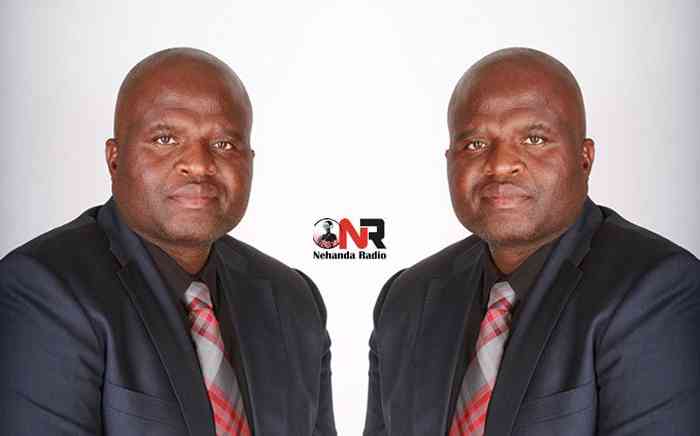
THE just-ended referendum, which reportedly recorded the highest voter turnout since independence, confounded analysts who had forecast apathy.
BY NQABA MATSHAZI
But the voting demographics serve for interesting reading, although they are highly unlikely to be an indication of the voting patterns at the next general election.
While some analysts have claimed that the voting patterns could indicate which party had the strongest effect on its supporters to go and vote, others maintain the referendum left Zimbabweans none the wiser.
For example, Bulawayo, where the MDC-T swept all but one seat in the last parliamentary elections, recorded the lowest turnout, meaning if the party is to repeat the feat, it has its work cut out.
On the other hand, Harare had the highest turnout in the referendum and has in the past also been an MDC-T stronghold.
Zanu PF will on the other hand claim that it has a firm grip on the Mashonaland provinces, saying that it was able to encourage them to go and vote.
The three Mashonaland provinces recorded significantly high turnouts and Zanu PF will hope to maintain that momentum in the next elections, as these have always been their strongholds.
- Chamisa under fire over US$120K donation
- Mavhunga puts DeMbare into Chibuku quarterfinals
- Pension funds bet on Cabora Bassa oilfields
- Councils defy govt fire tender directive
Keep Reading
If the turnout were to serve as an indication of future elections, then alarm bells should be ringing in the MDC camp, as voters in Matabeleland South and North were not forthcoming.
In the last election, MDC got most of it seats in Matabeleland South and received a fair share of votes in Matabeleland North and it will be hard pressed to encourage supporters to go and vote in the next election.
MDC-T on the other hand will be encouraged by the large turnouts in Manicaland and Masvingo, where it out polled Zanu PF in the last elections and will hope that this is an indication of future good tidings.
The Zimbabwe Electoral Commission (ZEC) announced that 3,3 million people had voted, by far the highest turnout since independence in 1980.
MASHONALAND VOTES INCREASE
Election Resource Centre director, Tawanda Chimhini said an inspection of provincial voting trends indicated an increase in voter turnout in Harare, Manicaland, Midlands and Masvingo compared to the 2008 election. “These provinces alone can influence the popular vote in an election,” he explained. “The Mashonaland provinces recorded a percentage increase in turnout of between 33 and 48% compared to 2008 and this jump in participation could further increase in the next election given what will be at stake in that election.” He said Harare alone had recorded an increase of 64% compared to the last election. Election turnouts have been 3,2 million in the 2002 presidential election, 2,9 million and 2,5 million in the 1985 and 1980 general elections, respectively.
‘Don’t read too much into the referendum’
Analysts have warned that Zimbabweans should not read too much into the plebiscite, saying it might not be an indication of future voting patterns. “Voting patterns are difficult to discern given that this is a referendum and analysis that is demographic is hard to do and one which is geographic maybe misleading in terms of elections, given that people could vote from anywhere,” McDonald Lewanika, the director of Crisis in Zimbabwe Coalition said. “However, if the stats are correct in terms of turnout, then we can clearly discern that there is a huge appetite and eagerness to participate in public political processes, if it is safe to do so, and the environment is conducive to free expression.” Lewanika noted that past elections had been fraught with violence, a characteristic that was tellingly absent from the referendum and if future elections were peaceful, then higher turnouts could be expected. He said another factor that could have contributed to the high turnout was the absence of “cumbersome processes associated with registration and actually going to vote”, which had served to discourage voters, particularly the youth. “The ease of the process – no checking on voters roll, no multiple ballots – and the relative absence of politically motivated violence, augured well for effective participation,” he said. Dumisani Nkomo, a political analyst concurred with Lewanika, saying the loosened requirements for the referendum could have driven the turnout upwards. “I think in future they should loosen registration requirements for the 18-25 year age group as this will encourage the youth to vote,” he said, adding that the referendum had shown that there was a huge turnout of first time voters. To register as a voter, one is required to provide proof of residence and for most youth this this is a requirement they cannot meet. Nkomo said he expected the momentum generated from the referendum to continue towards the elections.









